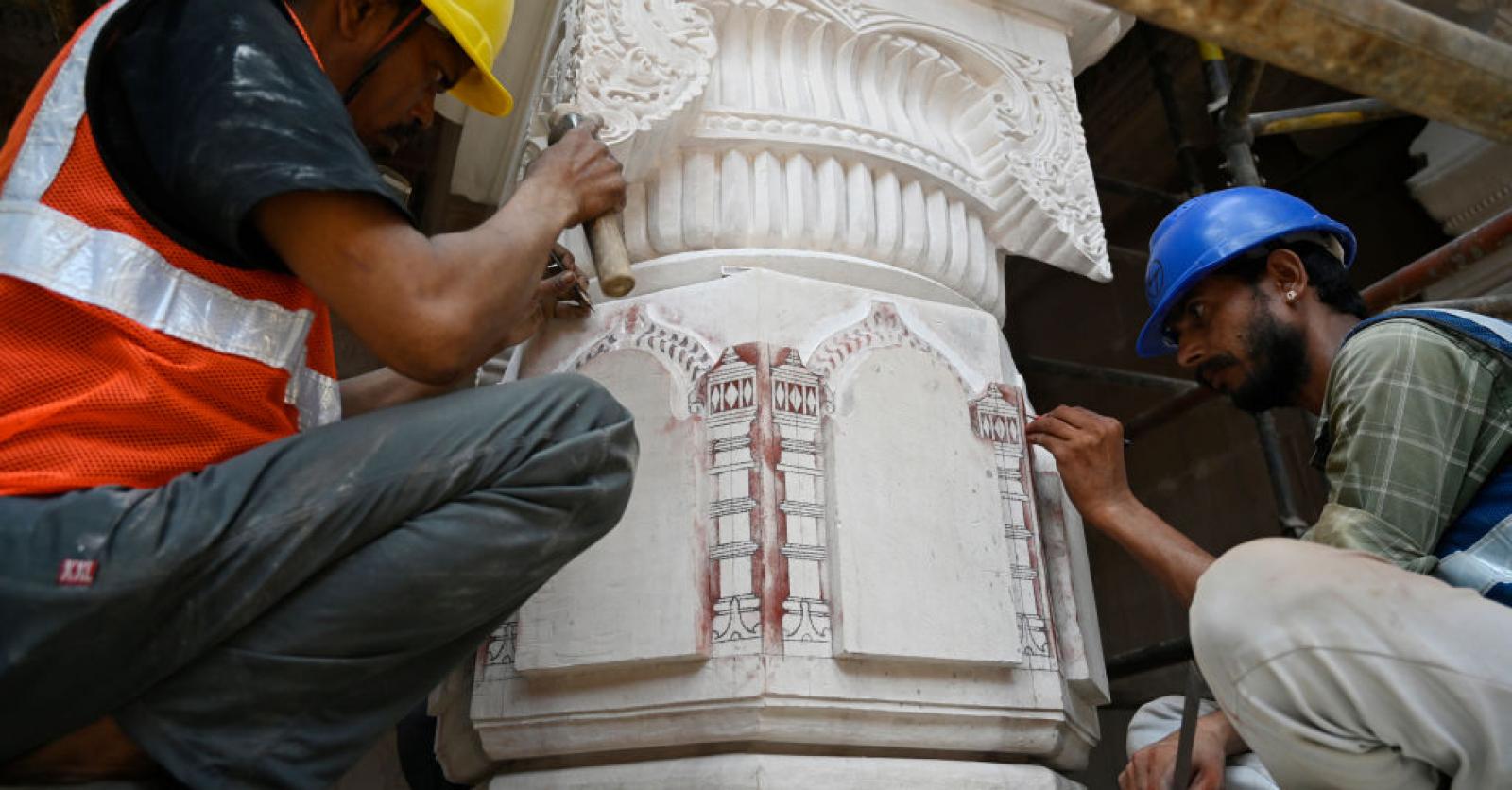By 2075, the Indian economy is expected to surpass that of the United States. India's demographic characteristics will strongly support GDP growth, according to a study conducted by Goldman Sachs. But they can also be a weakness.
In the next fifty years, the world economy could be seriously shaken. The country with the largest economy in the world, the United States, is expected to slip to third place, ahead of China (already in 2035) and India (in 2075). India, currently the world's fifth largest economy, will also overtake Germany, Japan (again this decade) and the entire eurozone (by 2050). This is what the bank Goldman Sachs estimates in a report which focuses on the rise of the world's most populous country.
By 2075, India will have a GDP of 52,500 billion dollars (compared to 3,000 billion dollars today). China will weigh 57,000 billion. The United States economy will double in size, reaching $51.5 trillion. The eurozone will have a GDP of more than 30,000 billion, the bank also estimates.
What factors caused the Indian economy to boom?
The secret power will come from certain demographic characteristics. “Over the next two decades, India's dependency ratio will be one of the lowest among regional economies,” writes Indian economist Santanu Sengupta. This means that India's population has one of the best ratios of working age population to the number of children and elderly. “Therefore, this is an opportunity for India to increase production capacity, continue to develop services and continue infrastructure growth,” he analyzed.
But that's only part of the equation. The expert also pointed out progress in innovation and technology. This will increase worker productivity and thereby strengthen GDP. Especially with demographic growth.
Then capital and investment are also important, he continued: “Stimulated by favorable demographics, India's savings rate will increase as dependency levels fall, incomes rise and further development in the financial sector, which will make capital reserves available to stimulate investment.
There are also opportunities on the export side. 55 to 60% of the country's growth currently comes from domestic consumption, which is quite a low figure for the region. Increasing exports will also improve the trade deficit. The country mainly imports a lot of raw materials. With better balance at this level, there would be less vulnerability to the impact of rising raw material prices on the economy, for example, Sengupta said. Therefore, he also sees renewable energy as an opportunity for the country.
The downside: population
Although the demographic situation provides advantages, there are also risks. For now, the challenge for this large population is to use labor productively and increase labor force participation rates. Otherwise, this situation will burden the economy more than help it.
“The main risk is that the pace of activity does not increase. “Activity levels in India have been declining over the last 15 years,” the expert said, adding that women's activity levels are very low in the country.
Let us add that there are other risks on the part of society in general. When population decreases, this can be reflected in the growth rate. For India, this is not expected to last long. But for China, this is already happening. This is also the element that economists use to argue that China's GDP will never surpass that of the United States. Could India become the country with the largest economy in the world?

“Twitter junkie. Hipster-friendly bacon expert. Beer ninja. Reader. Communicator. Explorer. Passionate alcohol geek.”







